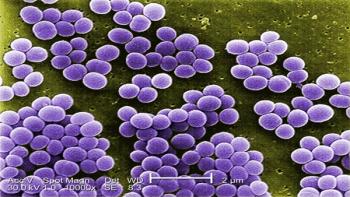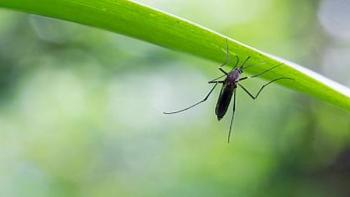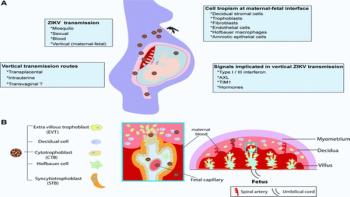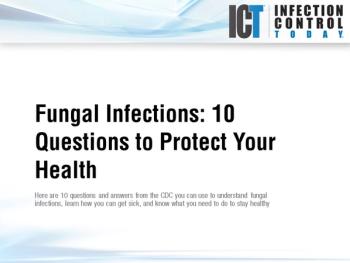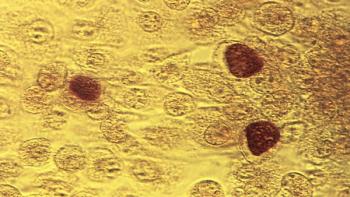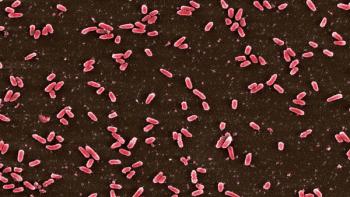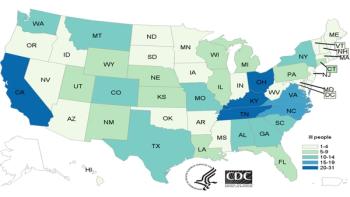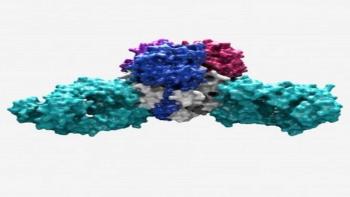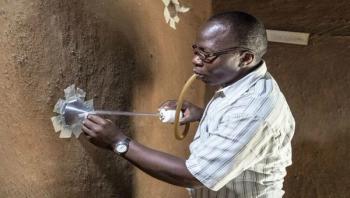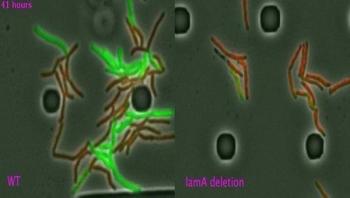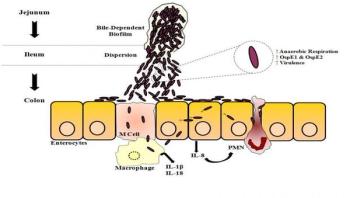While not every instance of healthcare-associated infection (HAI) can be pinned on staff hygiene, too many occurrences can be attributed to the very people who are supposed to protect patients. And that is why the reality of insufficient attention to handwashing, PPE donning and doffing, and other areas of infection prevention, remains so baffling. The big question is “why” – why do some staff cut corners when they well know the consequences of not adhering to standard processes for basic hand hygiene and activities such as PPE donning/doffing? The answers vary but often boil down to one simple reality: human nature. People get in a hurry and take the chance that no one is watching them, says Mary Lou Love, MSN, RN, the veteran director of infection control for Doctors Hospital at Renaissance in Edinburg, Texas. For starters, people generally adhere to requirements for a while and then fall back into their old ways. “I think, like anything else, you start off, then get to the point that it is working, and then a couple of months go by,” Love explains. Since infection control – which has limited resources – tends to oversee compliance monitoring on a regular basis people “go back to their habits” without constant enforcement, Love says.



